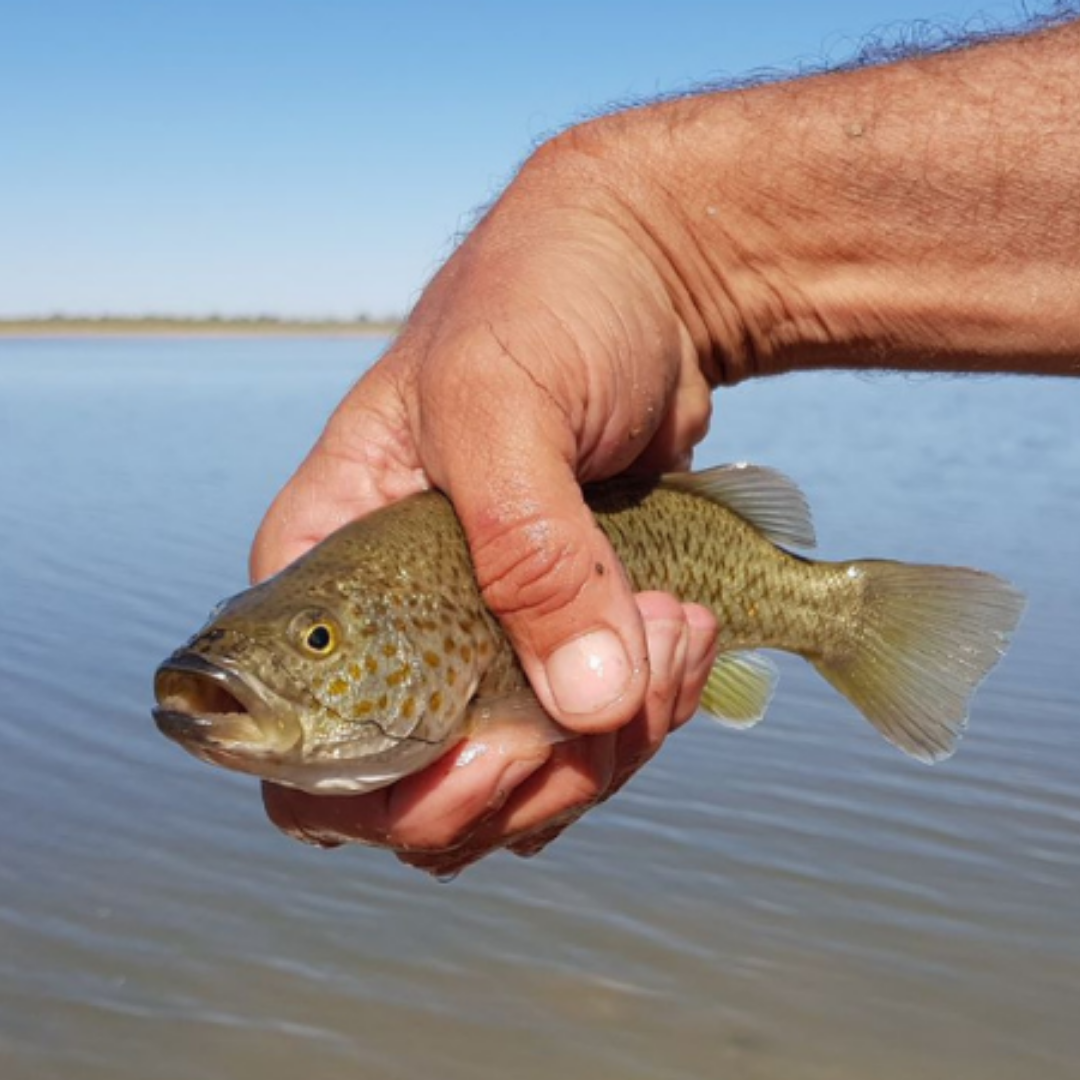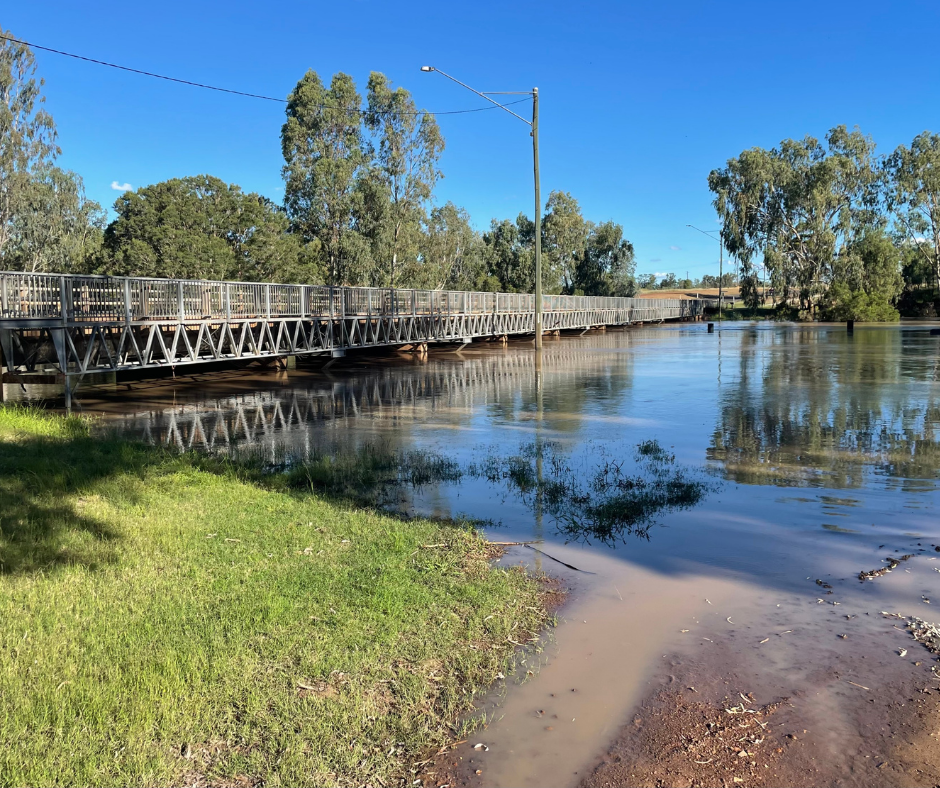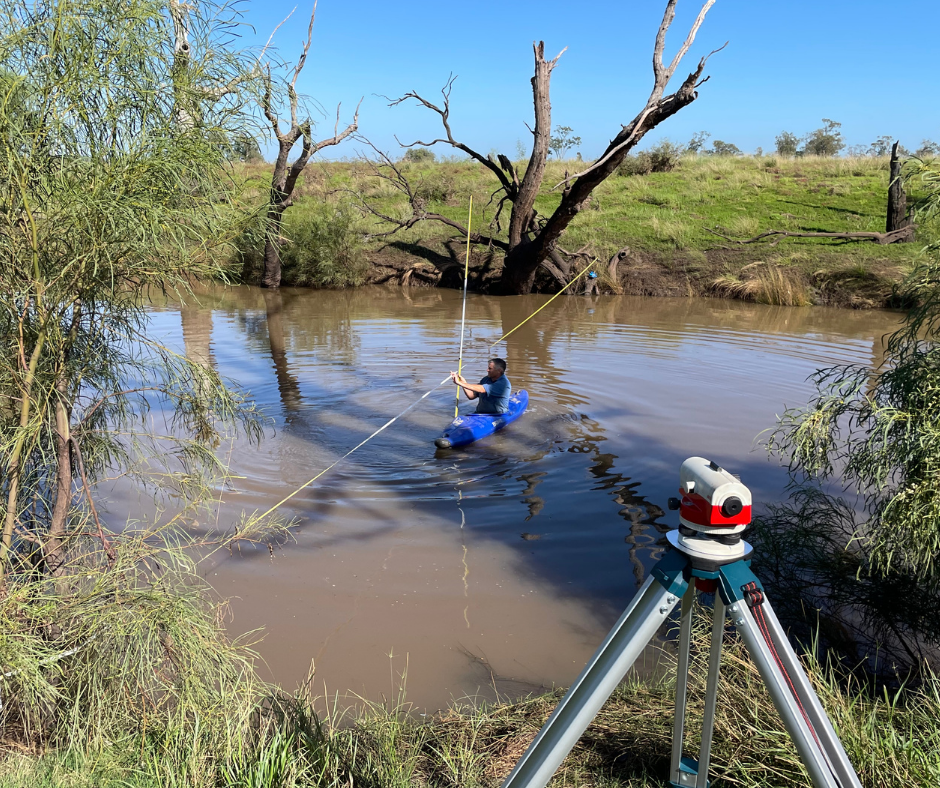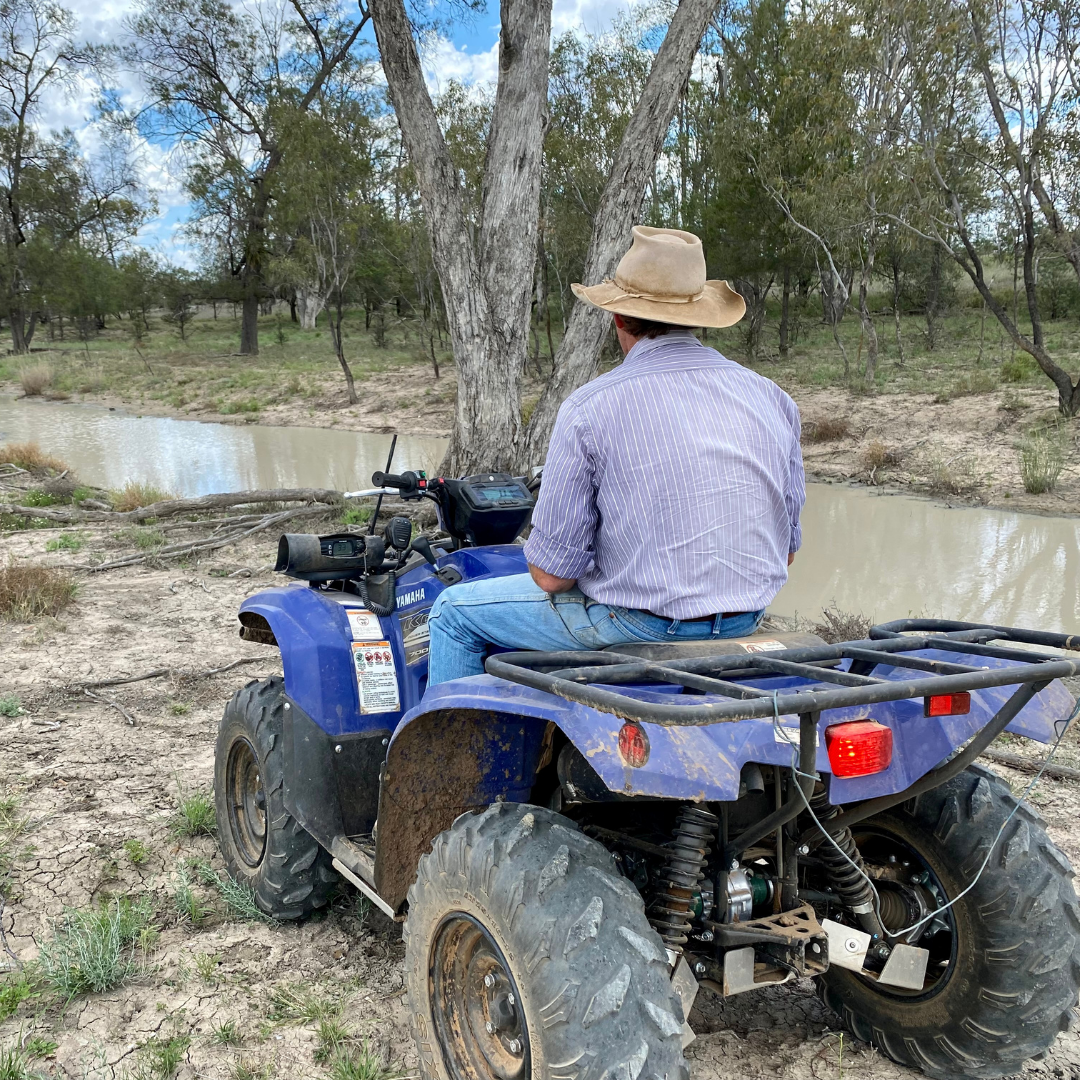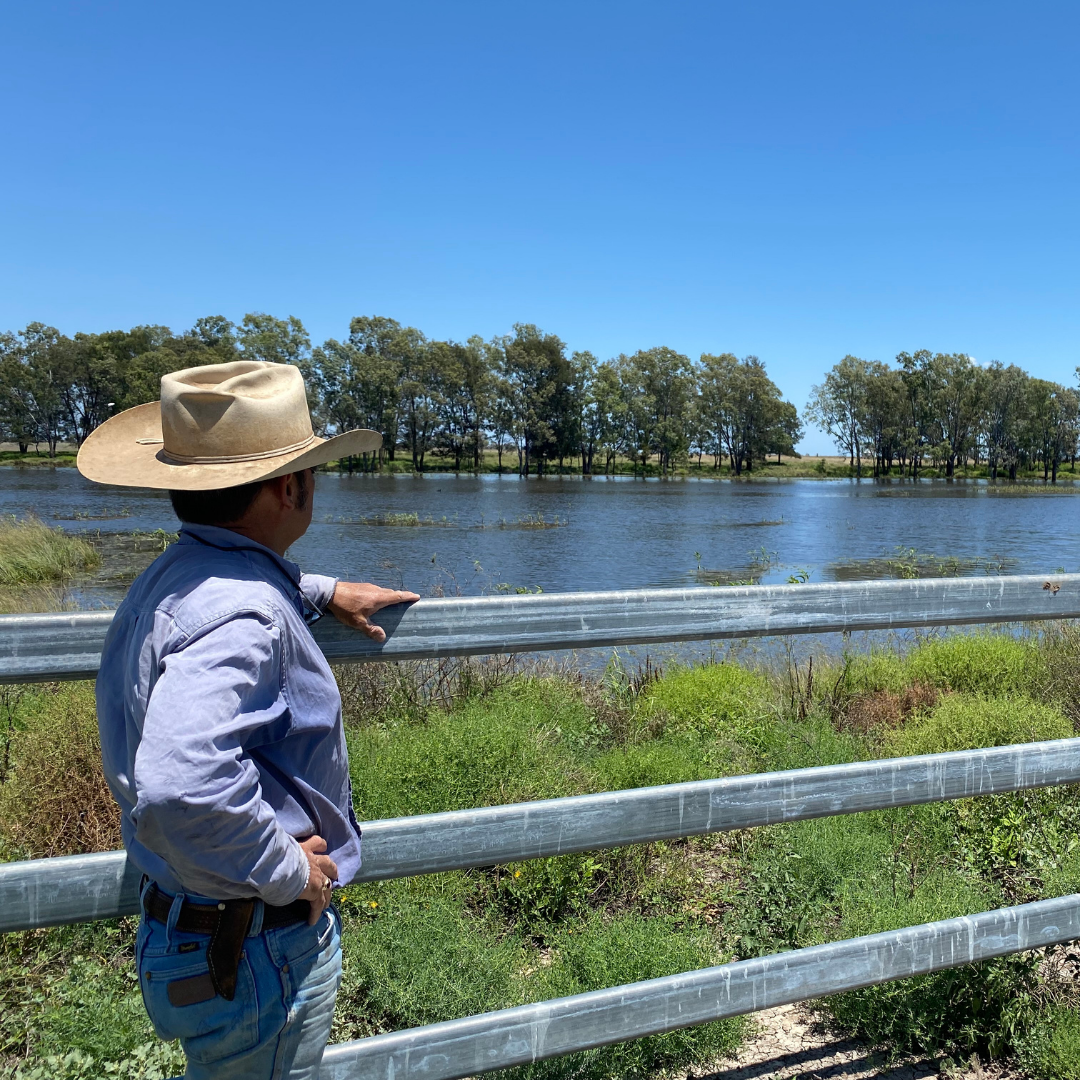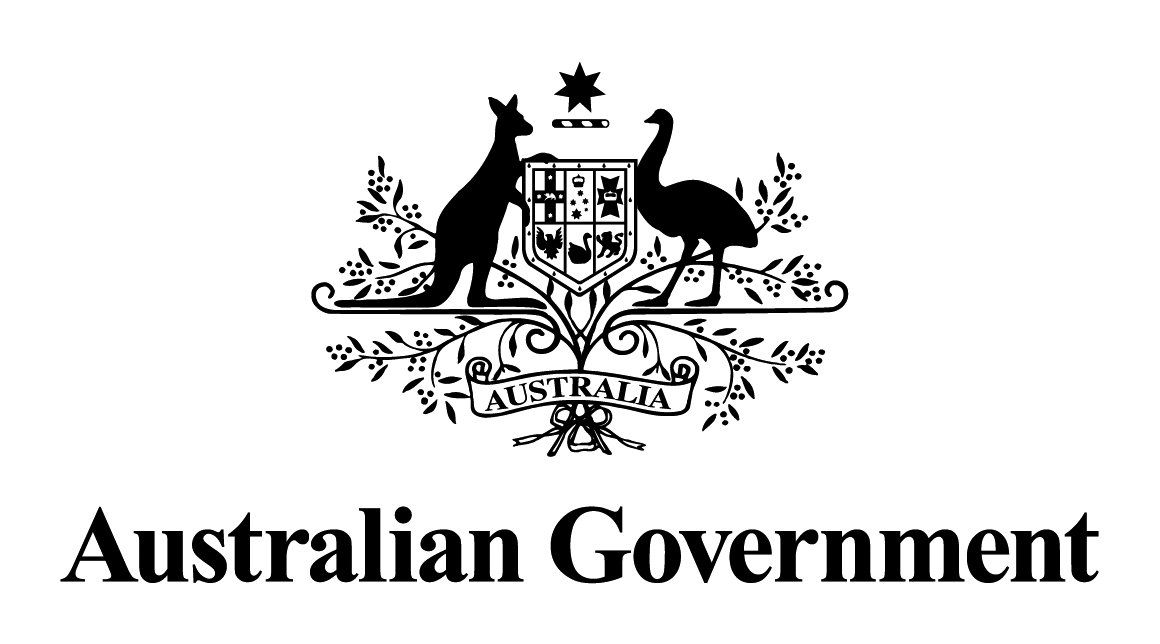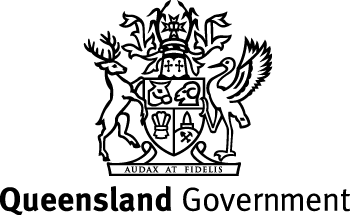Fish Friendly Water Extraction
Keeping Native Fish In Our Rivers
Millions of native fish are being lost each year from waterways throughout Queensland’s Murray-Darling Basin. They are sucked into pumps and whisked away down channels along with sticks, branches, gumnuts, algae, grass, shrimp and a variety of other animals and trash. This unwanted debris impacts water infrastructure by clogging filters and interrupting supply leading to damaged pumps and uneven watering which affects crop productivity and yields.
Historically traditional ‘trash racks’ have been retrofitted to water infrastructure largely with poor results; including continued losses to fish populations. But NOW modern screens are providing an opportunity to avoid debris, reduce maintenance costs and operational downtime as well as protect native fish.
Latest Project News
About the Project
Over the next three years, Southern Queensland Landscapes will be working with irrigators in the Border Rivers, Lower Balonne and Condamine catchments to install modern fish friendly screens in a variety of situations, monitor their success and demonstrate the new technology to land managers and industry bodies.
The $6.6M Fish Friendly Water Infrastructure Project is part of the Commonwealth Government funded "Toolkit" of environmental works and measures in the northern Basin. SQ Landscapes has been engaged by the Queensland Government to implement the program in Queensland.
Benefits of modern fish friendly screens include:
- Improved water delivery thereby increasing crop yields
- Reduced maintenance costs and operational downtime
- Reduced energy consumption
- Protection for 90% of native fish from entrainment (getting sucked up, diverted or carried along by a current).
How Does Fish Friendly Water Extraction Work?
Source : Video supplied by AWMA Water Control Solutions
A purpose designed modern fish friendly screen is a very different screen from a traditional inlet screen. Water diversions may be pumped or gravity fed and can be used for a variety of situations including irrigation, raw water supplies for towns/cities, commercial and industrial uses such as hydro, cooling towers or manufacturing. These modern fish friendly screens work by preventing fish, larvae and eggs being sucked up or diverted during the water extraction process.
The primary way a fish exclusion screen protects fish is by
reducing velocity at the point of diversion. The second protection method is by
providing a physical barrier.
